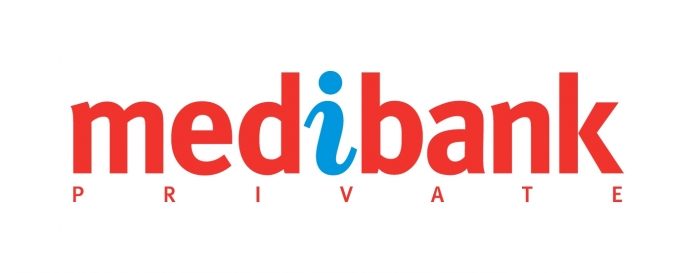
Medibank worth buying: analysts
THE much-anticipated stock market float of Medibank Private has attracted the kind of hype not seen since the sell-off of Telstra.
BUT, is it worth buying into?
That's a question the 750,000 people who pre-registered to receive the Medibank Private prospectus, and potentially many more, are asking.
The answer from a large number of market analysts and fund managers is: Yes, on certain conditions.
Peter Esho, managing partner of wealth management business 100 Doors, says investors shouldn't count on making a lot of money quickly.
But he believes the float is worth buying into for the longer term.
"It should only be viewed as a long-term investment. It will take at least five years for the full benefits from the privatisation to flow through," he said.
Lonsec senior client adviser Michael Heffernan said former government businesses had been winners for investors in the past.
"The government has a vested interest in making sure these things are successful, in other words people don't get shafted after it lists," he said.
The standout example is biotech giant CSL, which has seen the value of its shares rise 95-fold since it listed in 1991, though the exception is Telstra's poorly performing T2 float.
An investor who splashed out $10,000 in the CSL float would have seen the value of their investment climb close to $1 million today.
And that's not including dividends.
Morgans senior private client adviser Bill Chatterton said former government businesses usually had the ability to lift earnings by cutting costs and becoming more efficient.
"Historically, with government sell-downs there are opportunities to improve the cost structure, without being detrimental to the business," he said.
That might well be the case with Medibank.
It's 4.4 per cent profit margin is well below the average for the industry.
Other factors cited in Medibank's favour include its leading market position - it has a market share of about 30 per cent - and its exposure to the healthcare sector.
Healthcare spending is expected to grow as Australia's population ages, which should provide a boost for Medibank.
Medibank also plans to pay a final 4.9 cent dividend for 2015, which suggests a dividend yield of more than four per cent.
But the biggest roadblock for investors considering taking part in the float is likely to be the price.
The federal government has given an indicative price range of between $1.55 and $2 a share for retail investors.
That's a big range, valuing the company at somewhere between 16.5 and almost 22 times its current earnings.
If it comes in at the higher end of the range, as many expect, Medibank will be priced significantly above fellow listed health insurer NIB, which currently sits around 18 times earnings and mainstream insurers like IAG, which is trading around 11 times earnings.
But it will still be considerably cheaper than many healthcare businesses, like Ramsay Healthcare (35 times earnings) and Cochlear (43 times earnings).
OptionsXpress market analyst Ben Le Brun said the final price for the float would be key, but even at the higher end investors may see value in the company.
"The price will be the determining factor but all things being equal the IPO does look attractive at this stage," he said.
"It's not going to be a particularly cheap IPO but it's one I'm personally interested in taking up," he said.
Evan Schwarten - Perth Now - 24 Oct, 2014
